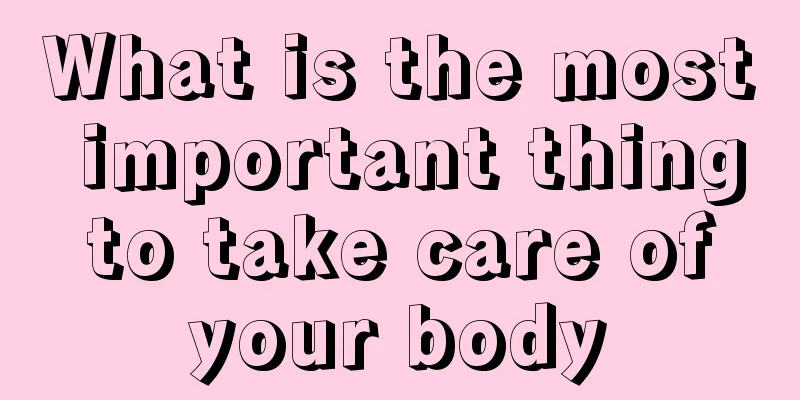The main manifestations of different types of laryngeal cancer

|
Laryngeal cancer is a major hidden danger to people's lives and safety. It can be divided into supraglottic cancer, glottic cancer and subglottic cancer. Different types have different main manifestations. Supraglottic cancer Supraglottic cancer ranks second in the incidence of laryngeal cancer, accounting for about 40%. Depending on the location of the glottis, patients may experience different symptoms. When the lesion is close to the glottis, it manifests as hoarseness. If there is an ulcer, there will be coughing with bloody sputum. When the lesion is located at the root of the tongue, the pyriform sinus, and the post-cricoid area, it manifests as sore throat and pain when swallowing. When the lesion is located at the entrance of the esophagus, it will hinder eating. In the late stage of the localization, there will be difficulty swallowing and difficulty breathing. Glottic cancer This type is the most common type of laryngeal cancer, accounting for 50% to 60%. The main symptom of the patient is hoarseness, and the symptoms appear early. However, the degree of hoarseness varies depending on the location of the lesion in the vocal cords: hoarseness is obvious at the edge of the vocal cords, but not severe on the surface of the vocal cords. As the tumor continues to grow, laryngeal sounds and inhalation dyspnea will appear. Subglottic cancer Subglottic laryngeal cancer is quite rare, accounting for only 1% to 4% of laryngeal cancers. The early symptoms of this disease are hidden and difficult to detect. Few people can be diagnosed early, and by the time breathing difficulties and laryngeal wheezing appear, it is already in the late stage. Tips: The main signs of laryngeal cancer patients 1. Laryngeal appearance: In the early stage of laryngeal cancer, the laryngeal appearance does not change. In the middle and late stage of laryngeal cancer, due to the compression or invasion of the thyroid cartilage and thyroid gland by the tumor, the laryngeal appearance is deformed, the notch on the thyroid cartilage disappears, the thyroid cartilage thickens and becomes tender, and the friction sound between the thyroid cartilage and the anterior vertebra disappears when the thyroid cartilage is pushed left and right. 2. Laryngeal tumors: Fiberoptic laryngoscopy can reveal the shape, location, and even hidden lesions of the tumor, as well as edema, infection, ulcers, and bleeding. |
<<: Treatment of cervical cancer according to clinical staging
>>: 4 small recipes for the dietary treatment of intestinal cancer
Recommend
What to do if there is a prodigal son at home
It is said that children are the treasure of thei...
If you want to stay away from liver cancer, you need to learn more about prevention methods
Liver cancer is a common type of cancer, and it i...
The effect of patting the outer thigh
When we are tired from walking and sit down to re...
Who is suitable for salt bag hot compress?
Nowadays, many people have learned how to maintai...
What is the method for detecting E. coli in drinking water
Escherichia coli is a relatively common bacteria ...
Be careful if formaldehyde exceeds the standard and these symptoms occur
Formaldehyde is a colorless and odorless toxic ga...
Can you feel your tonsils?
Tonsils are located in the human throat. Generall...
What are the taboos when moving to a new home
There are many times in life when you need to mov...
Symptoms of laryngeal cancer in children
According to reports, childhood tumors are divide...
What to do if you get poisoned by alcohol
Nowadays, people basically cannot do without alco...
How to prevent onychomycosis in family members
Onychomycosis not only affects people's healt...
What are the side effects of flushing the nose
Flushing the nose is what we often call nasal was...
What are the treatment options for colon cancer
Since colon cancer patients have affected intesti...
Early symptoms of clavicle chondrosarcoma
Early symptoms of clavicle chondrosarcoma include...
Three metastatic pathways of liver cancer
My mother was diagnosed with liver cancer metasta...









